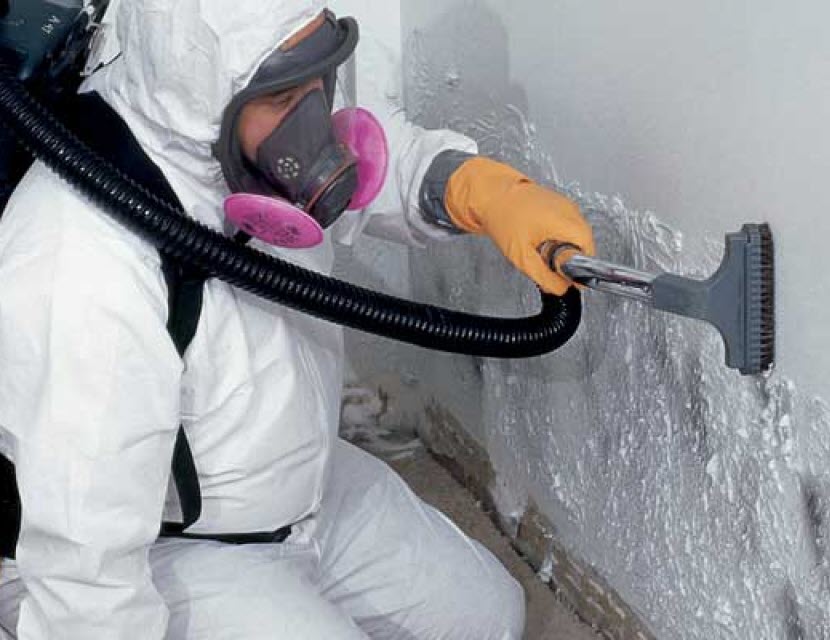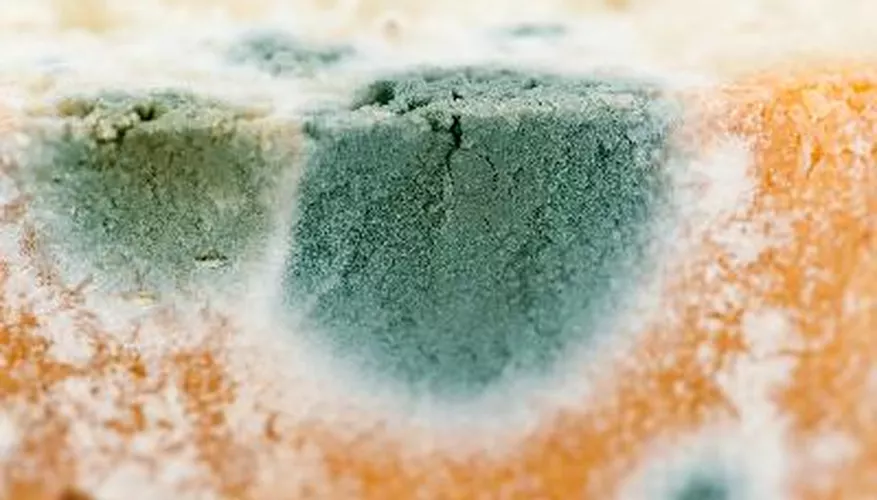Have you also heard of people getting sick with mold? Suffering from unexplainable allergies? If yes, then maybe you are not aware of the presence of mold in your household. Mold is a serious threat to your health and it carries a lot of potential damage. Moisture control is the only solution to it.
Dealing with mold in your home can be a nightmare, but moisture control is key to preventing it. Mold thrives in damp environments, so managing moisture effectively is crucial. Here’s a guide to help you keep your home mold-free by tackling moisture issues.
The Problem with Mold
Mold is a fungus that grows in damp places, spreading through tiny spores. These spores can cause health problems like allergies and respiratory issues. The best way to stop mold is to control the moisture in your home.
Moisture Control Tips
1. Fix Leaks Promptly
Leaky roofs, pipes, and condensation can all lead to mold. Regularly check and repair:
- Roof Leaks: Inspect your roof and fix any leaks.
- Plumbing Leaks: Check your plumbing for leaks and repair them.
- Condensation: Insulate windows and pipes to prevent condensation.
2. Improve Ventilation
Good airflow helps keep moisture levels down. Here’s how:
- Use Exhaust Fans: Install fans in bathrooms, kitchens, and laundry rooms.
- Open Windows: Let fresh air in to help dry damp areas.
- Use Dehumidifiers: Keep indoor humidity between 30-50%.
3. Maintain Gutters
Clean and repair your gutters regularly to ensure they drain properly. Clogged gutters can cause water to seep into your home.
Safe Mold Removal

If you find mold, clean it safely. Here’s what to do:
1. Protect Yourself
Wear gloves, goggles, and an N-95 respirator to avoid exposure to mold spores.
2. Clean Affected Areas
For hard surfaces, scrub with detergent and water. Dry thoroughly. For porous materials like carpets, it’s often best to throw them out if they’re moldy.
3. Prevent Future Mold
Fix any moisture problems that led to mold growth. Keep cleaned areas dry and monitor humidity levels.
Long-Term Moisture Control
1. Regular Maintenance
Regularly inspect your home for new leaks or moisture issues. This includes checking your roof, plumbing, and foundation.
2. Insulate Properly
Insulate pipes, walls, and your attic to prevent condensation.
3. Use Mold-Resistant Products
When building or renovating, use mold-resistant drywall and paint to help prevent mold growth.
The Hidden Dangers of Mold
Beyond the visible black spots on walls or the musty smell, mold can have severe health implications. It can cause allergic reactions, asthma attacks, and even more serious respiratory conditions. Children, the elderly, and those with pre-existing health conditions are more vulnerable. Therefore, keeping mold at bay isn’t just about maintaining your home; it’s about safeguarding your family’s health.
Immediate Moisture Control Steps When You Discover Mold
1. Isolate the Area
If you discover mold, try to isolate the area to prevent spores from spreading. Close doors and windows, and avoid using fans that could circulate the spores.
2. Dry the Area
Address the moisture problem immediately. You can use fans and dehumidifiers to dry the area quickly. If a leak is the cause, repair it without delay.
3. Seek Professional Help
For extensive mold problems, it’s wise to call in professionals. They have the equipment and expertise to handle severe mold issues safely and effectively.
DIY Mold Prevention
1. Control Indoor Humidity
Use air conditioners and dehumidifiers to keep humidity levels in check. Aim for a level below 60%.
2. Be Vigilant in Moisture-Prone Areas
Kitchens, bathrooms, and basements are particularly prone to moisture. Regularly inspect these areas for moisture control and promptly address any signs of dampness.
3. Use Mold Inhibitors
Add mold inhibitors to paints and other products. These can help prevent mold growth on treated surfaces.
Seasonal Moisture Control Tips for Mold Prevention
1. Winter
Ensure your home is properly insulated. Seal windows and doors to prevent condensation and use exhaust fans in high-moisture areas.
2. Spring
Spring cleaning should include checking for leaks and ensuring your gutters are clear. Spring rains can lead to increased moisture, making vigilance important.
3. Summer
High humidity levels in summer mean using dehumidifiers and air conditioners more frequently. Regularly check and clean your HVAC systems for moisture control and prevent mold growth.
4. Fall
Prepare your home for winter by inspecting the roof and ensuring that gutters and downspouts are clear. Address any potential moisture issues before they become problems in the colder months.
5. Monsoon
Monsoon is Mold’s favorite season. Stay very careful and use dehumidifiers to prevent any moisture buildup in your home. keep an eye out for any stagnation of water in your house to avoid mold generation.
Mold can be a significant problem, but by moisture control, you can keep your home mold-free. Regular maintenance, good ventilation, and prompt repairs are essential. Remember, moisture control is key to mold control. Stay proactive to maintain a dry and healthy home environment.






